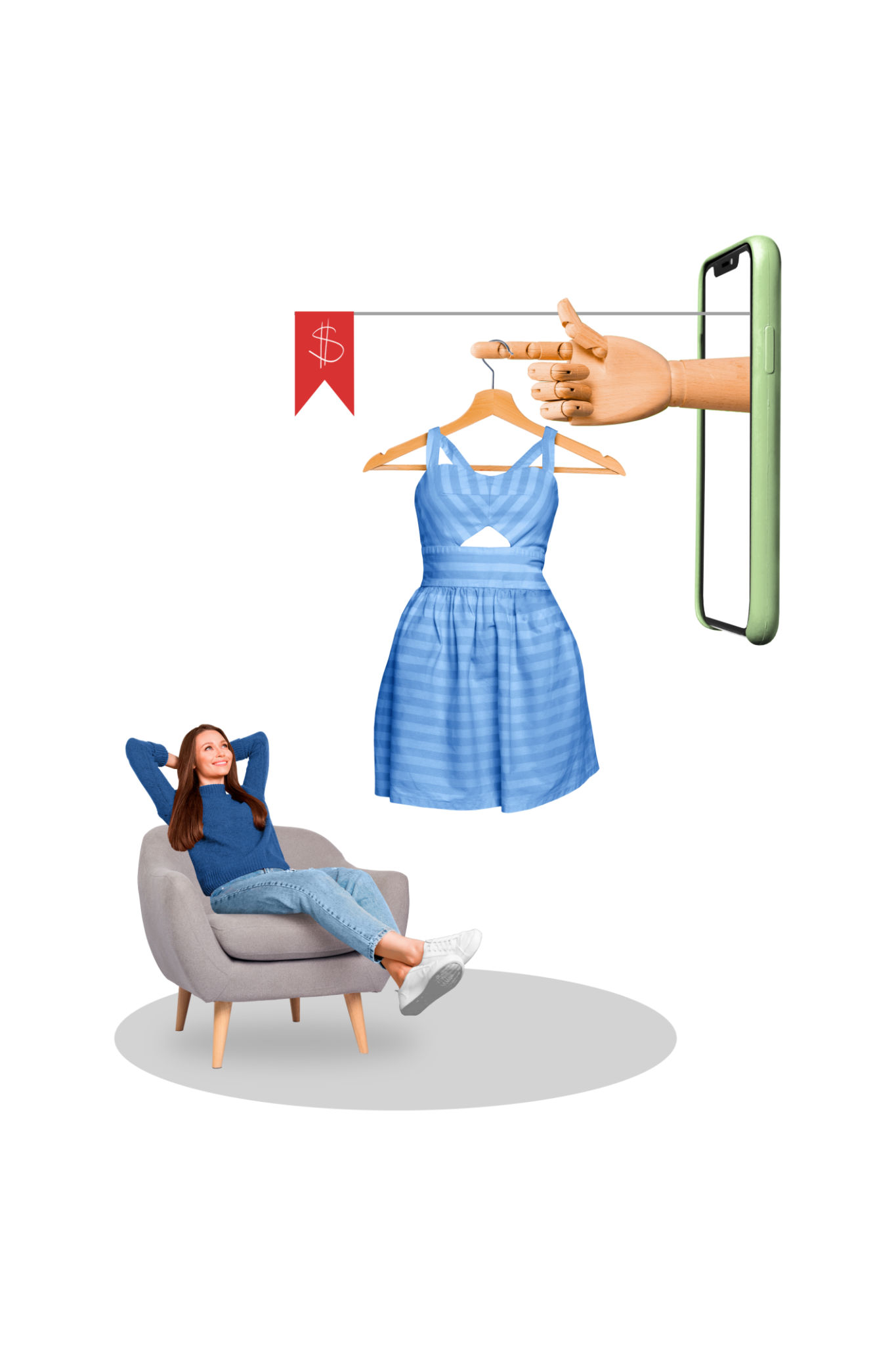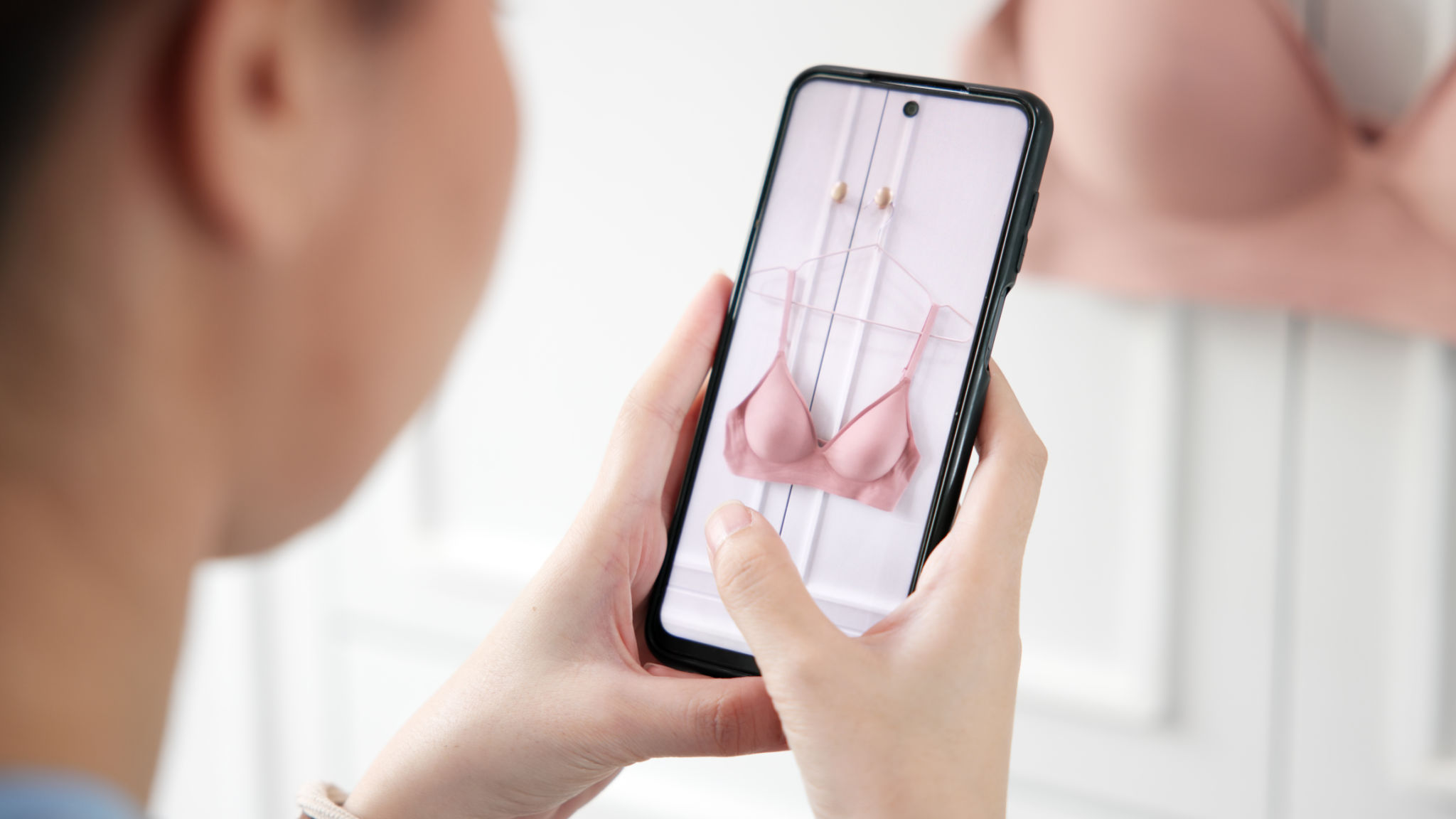A Comprehensive Guide to Implementing Virtual Try-On Solutions for Your Clothing Brand
Understanding Virtual Try-On Technology
Virtual try-on technology is revolutionizing the way consumers shop for clothing. By allowing customers to see how garments look on their bodies through augmented reality (AR), brands can enhance the shopping experience, reduce return rates, and increase customer satisfaction. This innovative solution utilizes computer vision and 3D modeling to create realistic representations of clothing on a user's avatar.
The key advantage of virtual try-on solutions is that they provide a personalized shopping experience. Customers can experiment with different styles and fits from the comfort of their homes, which not only saves time but also boosts confidence in purchasing decisions.

Benefits of Virtual Try-On for Your Brand
Implementing virtual try-on solutions can significantly benefit your clothing brand. Firstly, it can increase online conversion rates by offering a more interactive and engaging shopping experience. When customers can visualize themselves in your products, they are more likely to complete a purchase.
Additionally, virtual try-ons can help reduce return rates. By allowing customers to see how items fit and look before buying, the likelihood of them receiving an item that doesn't meet their expectations decreases. This not only saves on return shipping costs but also improves customer satisfaction and loyalty.
Choosing the Right Technology
When considering virtual try-on solutions, it's essential to choose the right technology that aligns with your brand's needs. Consider factors like ease of integration, user experience, scalability, and cost. Some solutions offer simple integration with existing e-commerce platforms, while others might require more extensive development.
Another critical aspect is ensuring the technology supports a wide range of devices, including smartphones and desktops. The solution should be accessible to as many customers as possible to maximize its impact on your sales.

Integration with E-commerce Platforms
Integrating virtual try-on technology with your e-commerce platform is a crucial step. This process may involve working with a technology provider that offers seamless plugins or APIs compatible with popular platforms like Shopify, Magento, or WooCommerce. Ensure that the solution integrates smoothly without disrupting the existing user experience on your website.
User Experience and Interface Design
The user interface should be intuitive and user-friendly to encourage engagement. A well-designed virtual try-on feature will guide users smoothly through the process, allowing them to select items, view them on their virtual avatar, and make purchases effortlessly. Providing instructions or tutorials can further enhance user experience, especially for first-time users.

Marketing Your Virtual Try-On Feature
Once your virtual try-on solution is up and running, it's time to market this exciting feature to your customers. Utilize social media, email newsletters, and influencer partnerships to spread the word. Highlight the convenience and fun aspect of using virtual try-ons in your marketing campaigns.
Consider offering exclusive promotions or discounts for customers who use the virtual try-on feature. This can encourage more people to try it out and share their experiences with others, further expanding your reach.
Measuring Success and Gathering Feedback
After implementation, it's vital to measure the success of your virtual try-on solution. Track metrics such as conversion rates, return rates, customer engagement, and satisfaction levels. These data points will help you understand the impact on your business and identify areas for improvement.
Encourage customer feedback to refine and enhance the experience continually. Listen to what your customers have to say about the virtual try-on process and make necessary adjustments based on their input.

In conclusion, implementing virtual try-on solutions for your clothing brand is a strategic move that can transform the online shopping experience for your customers. By choosing the right technology and focusing on user experience, you can increase satisfaction and drive sales growth.
